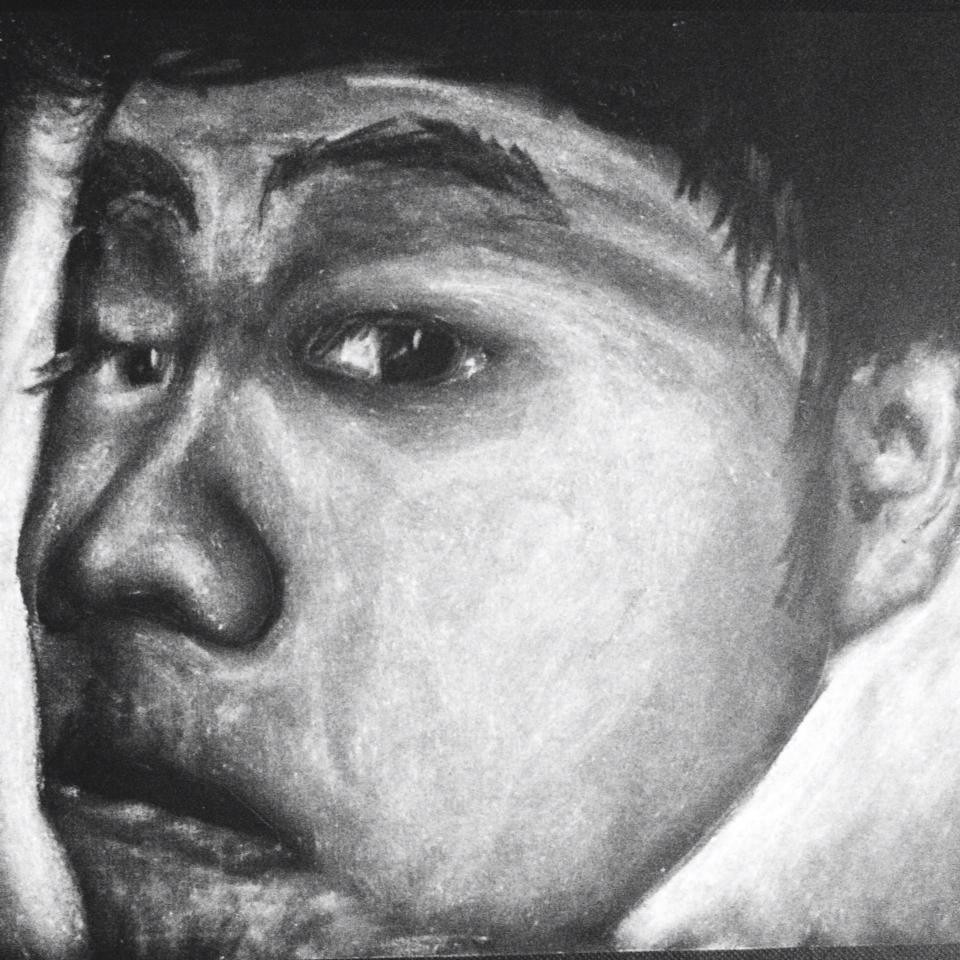Q1:
My most favourite film was definitely Budgerigar. It was well executed, both at cinematography and scriptwriting perspective. First of all as a cinematographer, the camera movement and the shots angle were really professional, and in my opinion , above all others. The dolly movement was not easy but done amazingly good, which played a real important role in expressing the film and to be more specific, the 2 main characters as the dolly movement slowly going towards the character’s face, from a mid shot to a close up portrait shot .Next , I love the scene of the 2 character’s at low light space, which was setup perfectly for the purpose of the script. Overall,simple but effective storyline was perfectly executed with amazing camera work and wonderful acting.
Second best film was A Love Lost. I love how they decided to do a drama/romance which is of course more complicated to deliver than a typical choice such as comedy. And there are 2 things that strike me : Acting and Cinematography . The 2 casts were really good at expressing feelings, and the conversation scene was so natural and smooth. The guy’s narration fits the script and helped deliver the mood of the film. Secondly , the camera work was not fancy but effective, specifically the conversation scene at the dinning table. Lighting was perfect, brings out the exact light level at a dinner table and it was romantic , thanks to the candles. I noticed there were more than 3 angles were shot , the 2 POV and the mid shot, which was the best shot which was framed beautifully , including the window, the win glasses and of course the 2 characters. #respect
Milk was also good and I enjoy watching it the most. It was an action/comedy film which is the most effective one , in my opinion. The humour was clever and well delivered, the story was simple but effective and the acting was amazing. I find the camera work a bit shaky and grainy in some parts but the rest were perfect.
Q2 :
Through out the whole semester I find this course the most amazing and challenging . What surprised me the most was how myself and others year 1 students were able to pull off such good films when , going back at the first few weeks, no one knows how to make a film. Now we are all producers, directors, cinema photographer , sound director and script writer. Definitely the shooting day was the most excited part of the course. We were working with professional equipments, actors and saying different professional terms on a set. Being in a real professional set was my favourite part. On the other hand , I was i could have contributed more ideas and points into the group , other than just listen to orders and complete given tasks. What disappointed me was our script doesnt really delivered, not as funny and neat as we expected. The original idea was really good but then was changed and I didnt speak up which I should have. Then seeing it at the screenings and clearly didnt turn out as good as I wanted, and to compare with others, our film was not good. It was also really challenging to work in a group of people that I don’t know which led to some trouble in teamwork and chemistry. But overall, I really enjoy this course and I’d recommend anyone who have the same interest as me to take this course.
